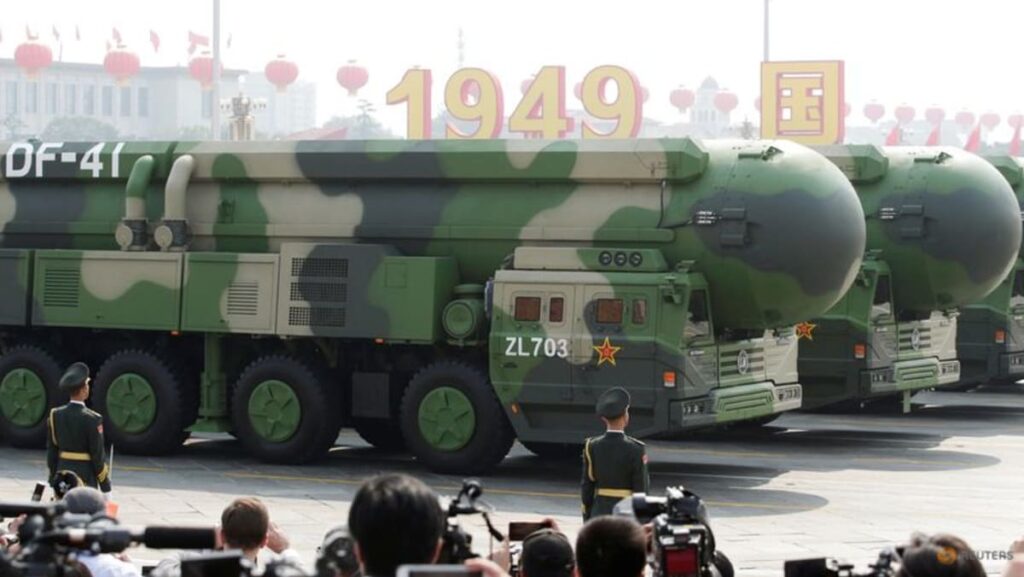The PLA Rocket Force, which oversees the country’s conventional and nuclear missiles, has been tasked with modernising China’s nuclear forces to deter developments such as improved United States missile defences, better surveillance capabilities, and strengthened alliances.
Singapore-based security analyst Alexander Neill said that although confirmed details of the missile used were not yet clear, the test fit a pattern of China simultaneously “engaging and warning”, noting improved military diplomacy between Beijing and Washington in recent months.
Given recent corruption scandals within the Rocket Force, it was important for China to display that it was “business as usual” at the highest military level, he said.
“This move is designed to show in clear terms that the means of delivering its strategic deterrent is still functioning,” said Neill, an adjunct fellow with Hawaii’s Pacific Forum think-tank.
Some online trackers noted the launch of the missile from Hainan rather than from an inland silo, meaning it was most likely a test of its growing number of road-mobile long-range missiles.
Some analysts say the speed of China’s nuclear build-up goes beyond credible minimum deterrence – the smallest strategic arsenal needed to prevent attacks.
Beijing has for years stuck to a “no first use” nuclear weapons policy, but analysts note the PLA is catching up with major nuclear powers by fielding a nascent triad of weapons that can fired from land, sea and air.
The Chinese military has emphasised that the Central Military Commission, headed by President Xi Jinping, is the only nuclear command authority.
China, frequently criticised by the US for the opacity of its nuclear build-up, scrapped nuclear talks with Washington in July over US arms sales to Taiwan.
China has more than 500 operational nuclear warheads in its arsenal, of which approximately 350 are ICBMs, and will probably have over 1,000 warheads by 2030, the Pentagon estimated last year. China’s military is constructing hundreds of secret silos for land-based ICBMs, the Pentagon said in the report.
That compares to 1,770 and 1,710 operational warheads deployed by the US and Russia, respectively. The Pentagon said that by 2030, much of Beijing’s weapons will likely be held at higher readiness levels.
Democratically governed Taiwan, which China claims as its own territory, has complained of increased Chinese military activities around the island in the past five years.
Taiwan’s defence ministry said on Wednesday it had detected 23 Chinese military aircraft, including J-16 fighters and drones, operating around Taiwan carrying out long-range missions to the southeast and east of the island.
The ministry added it had also recently detected “intensive” Chinese missile firing and other drills, though it did not give details of where that took place.
Taiwan has dispatched its own air and naval forces to keep watch, the ministry said.
https://www.channelnewsasia.com/east-asia/china-icbm-intercontinental-ballistic-missile-launch-nuclear-concerns-4634186


